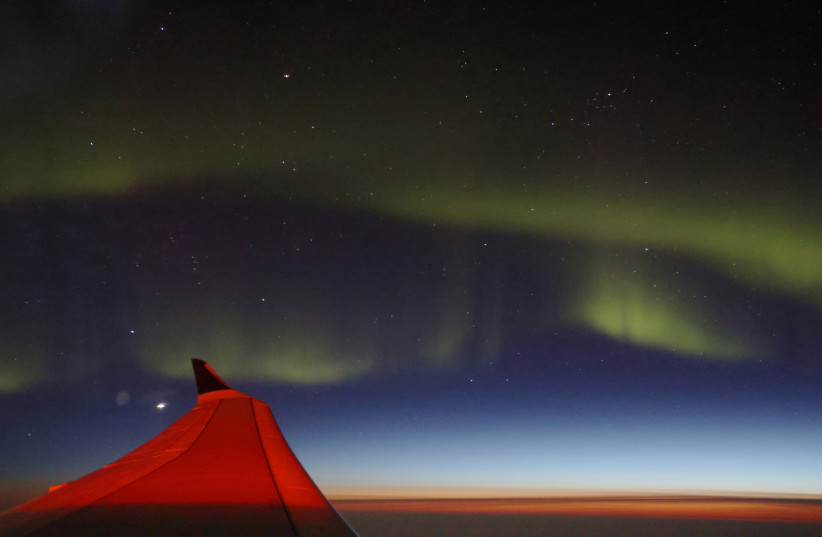A long-lost ice core that was rediscovered reveals that most of the country of Greenland was actually green 416 thousand years ago, according to a recent study.
The study, which was published in the journal Science on Thursday, used luminescence dating, isotope techniques and sediment on the ice core, which was collected at a secret US army base in the 1960s.
Prior to the study, it was previously thought that much of the ice sheet that covers the country today had persisted for the past 2.5 million years.
The melting of Greenland's ice sheet caused at least a five feet rise in sea level, according to the study.
A deeper understanding of Greenland's dynamic climate
However, this new study, combined with previous work using the Camp Century ice core, has completely transformed our understanding of the island's ancient climate. The Greenland ice sheet was far more dynamic than previously imagined, undergoing significant melting episodes multiple times in the past.

As the ice sheet holds about 23 feet of potential sea-level rise, the findings from this study raise serious concerns for coastal regions around the world. If the ice sheet continues to melt, it could result in dramatic and irreversible sea-level rise, posing a grave risk to numerous coastal cities.
The Camp Century base itself, hidden under the Greenland ice sheet during the 1960s, had a secret military mission called Project Iceworm, aimed at concealing nuclear missiles.
As part of the project, the team of scientists drilled a nearly mile-deep ice core. Interestingly, they also collected a 12-foot sediment core from beneath the ice, which was overlooked for decades until its rediscovery in 2017.
The sediment's examination revealed traces of leaves and moss, indicating a once ice-free landscape that likely resembled a boreal forest.
The recent study has underscored the fragility of Greenland's ice sheet, emphasizing the urgent need for action to combat climate change. With atmospheric carbon dioxide levels currently at 422 ppm and rising, the risk of further ice melting and sea-level rise is substantial.
